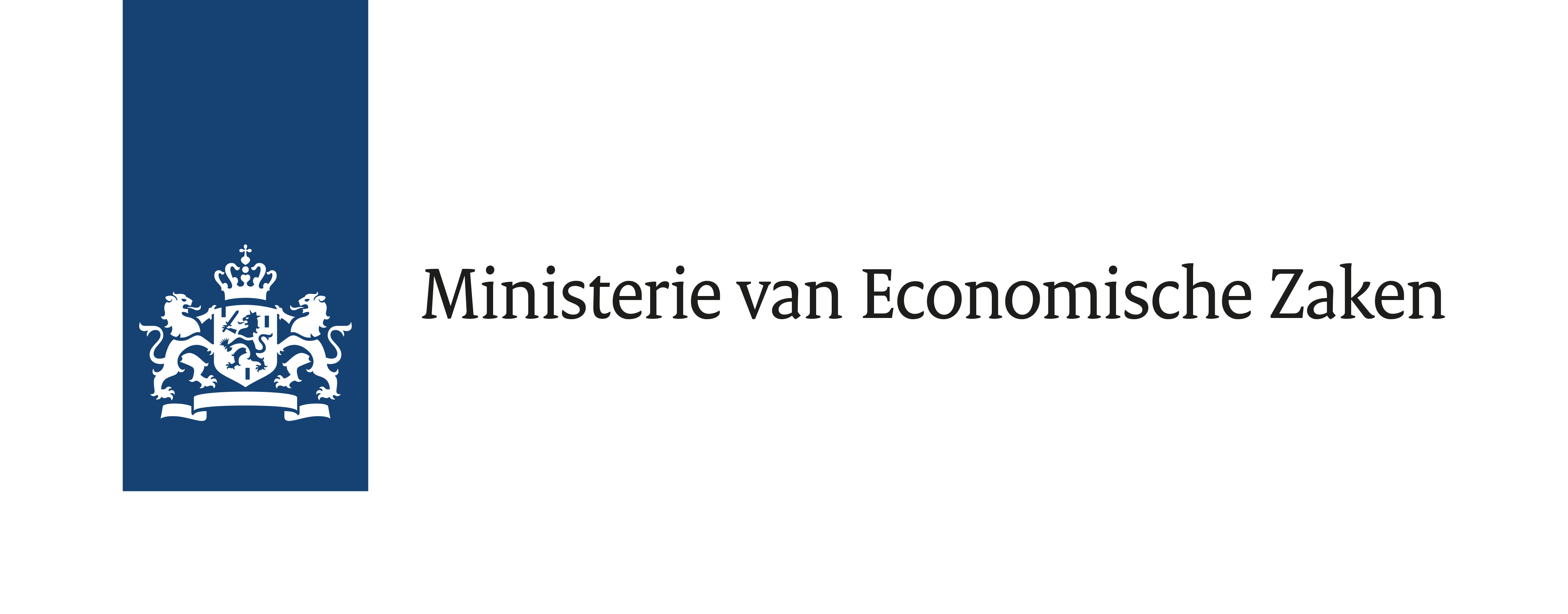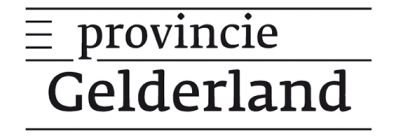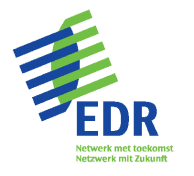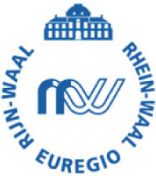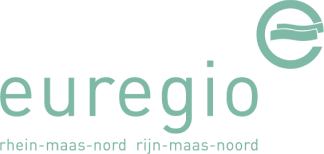The European Commission (EC) has the ambition to develop Europe’s national transport networks into a coherent, efficient, multimodal and high-quality transport infrastructure across the EU, through transcontinental corridors: the TEN-T network.
While the focus has long been on major international transport axes, plans for urban nodes in the TEN-T network are now also becoming more concrete. Cities with more than 100,000 inhabitants on the TEN-T grid are designated as urban nodes (Urban Nodes) by EC regulation.
This urban node status entails the formal obligation to develop a sustainable urban mobility plan: a Sustainable Urban Mobility Plan (SUMP). Within the EUREGIO region, Münster, Osnabrück and Enschede have urban node status.
The five MONT cities recognised this as a common challenge – and consciously decided to involve not only the cities and their surrounding areas, but also the cross-border transport perspective in the development of the SUMPs.
A feasibility study was therefore carried out to identify perspectives for future-oriented sustainable mobility of people and goods in the border region. The feasibility study compared the sustainability strategies of the MONT cities and identified opportunities and synergies offered by a cooperation.
To exploit these opportunities, the traffic departments of MONT cities need to work together. In addition, the cities need to stay connected to EU policies related to urban nodes and the TEN-T network, which is still under development.
To meet this objective, the MONT cities want to set up a coordination point, which horizontally bridges the development of the individual sustainable mobility strategies of the MONT cities and vertically links to the European TEN-T policy.

